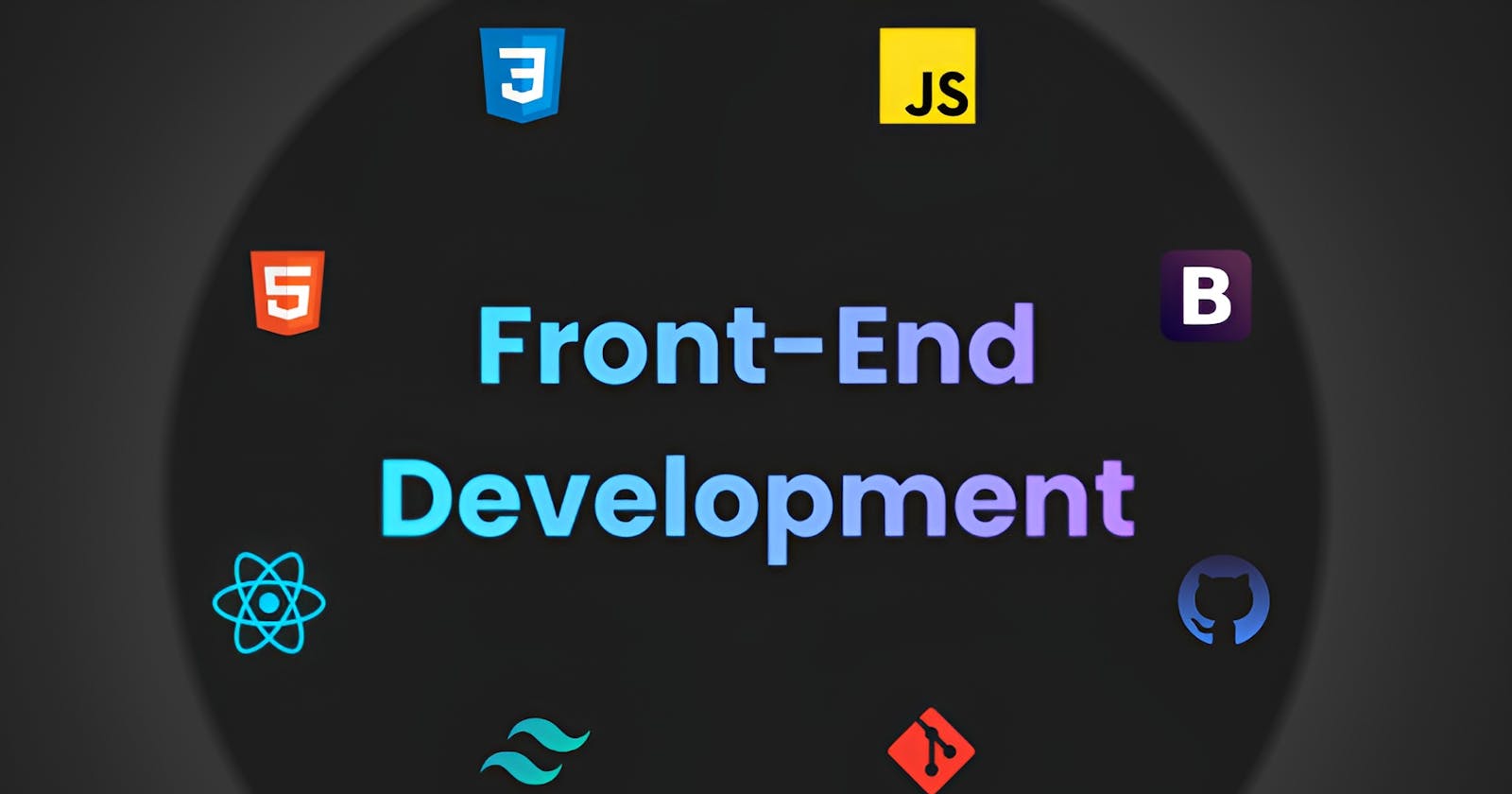Front-end web development is the practice of creating the user interface and user experience of a website. It involves using a combination of HTML, CSS, and JavaScript to create a website's visual and interactive elements. The front-end developer is responsible for ensuring the website looks and functions the way it is intended for the user. This includes designing the layout, creating buttons, forms, and other interactive elements, and ensuring the website is responsive and works well on different devices.
Learn the basics of HTML, CSS, and JavaScript:
Start by learning the basics of these three core technologies. HTML is used to create the structure of a website, CSS is used to style it, and JavaScript is used to add interactivity and dynamic behaviour.
Build a basic website:
Use your new knowledge to build a basic website. Start with a simple layout and add some text and images. Use CSS to style the website and add some basic interactivity with JavaScript.
Learn CSS frameworks and libraries:
Frameworks such as Bootstrap and Foundation can help you quickly create responsive and visually appealing websites. Use these tools to enhance the design of your website and make it more user-friendly.
Learn JavaScript frameworks and libraries:
Frameworks like Angular, React, and Vue.js can help you build complex single-page applications. Learn one of these frameworks and use it to build a more advanced website or web application.
My personal choice is React. React is a powerful library that enables efficient and dynamic user interfaces, and is widely used in web development.
Learn web development tools:
Tools such as Webpack, Babel, and ESLint can help you automate your workflow and write more efficient code. Use these tools to streamline your development process.
Make sure your website works well on different browsers and devices. Test your website on different browsers and devices and make sure it looks and works as expected.
Make sure your website looks good on different screen sizes and resolutions. Use CSS media queries and responsive design techniques to ensure that your website looks good on all devices.
Learn about version control:
Learn how to use Git and GitHub to keep track of your code and collaborate with other developers.
Learn about testing and debugging:
Learn how to test and debug your code to ensure that it works correctly. Use tools such as browser dev tools and testing frameworks to help you find and fix bugs.
Keep learning:
Front-end development is a constantly evolving field, so it's important to stay up to date with the latest technologies and best practices. Follow industry leaders, attend conferences and workshops, and always be open to learning new things.
